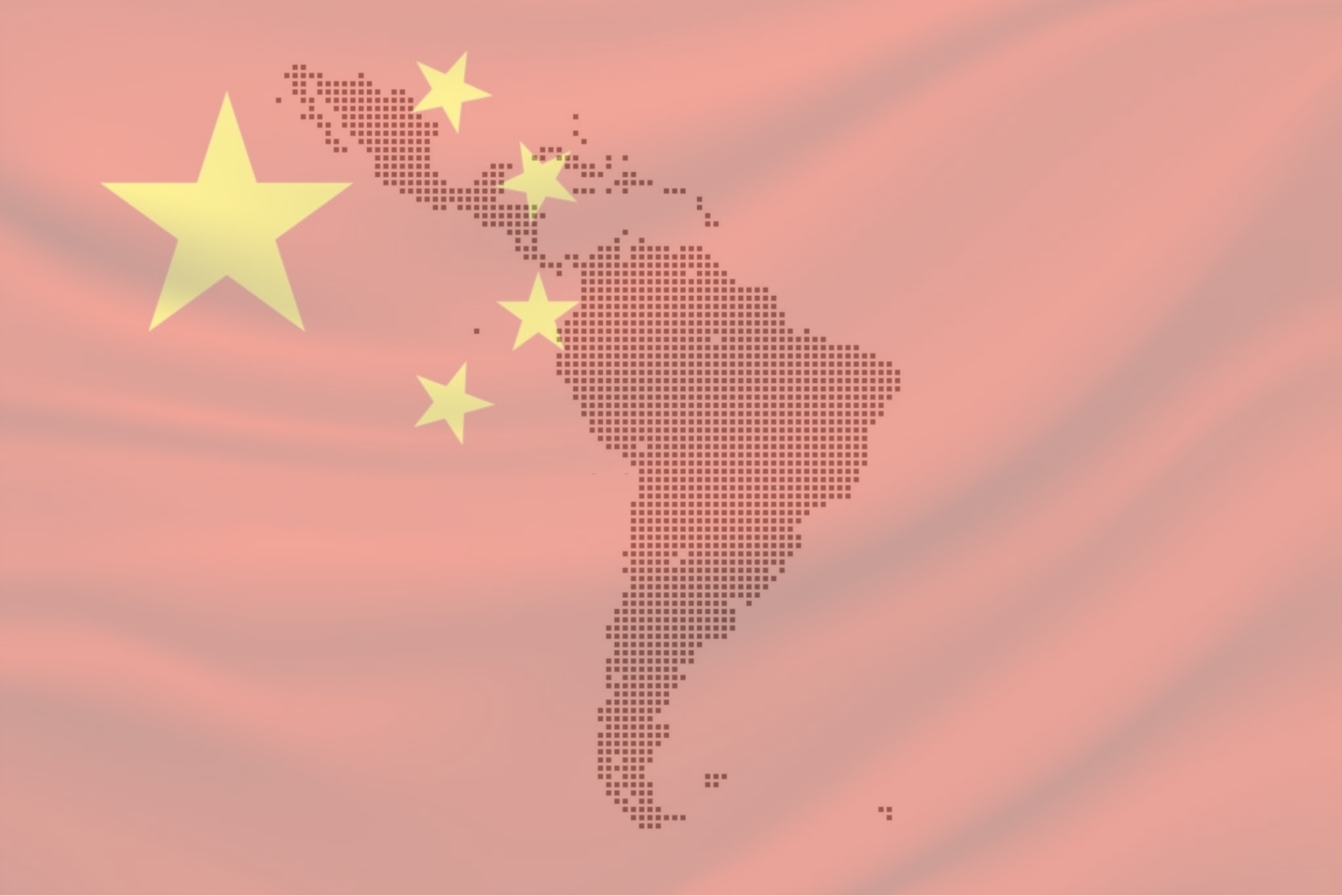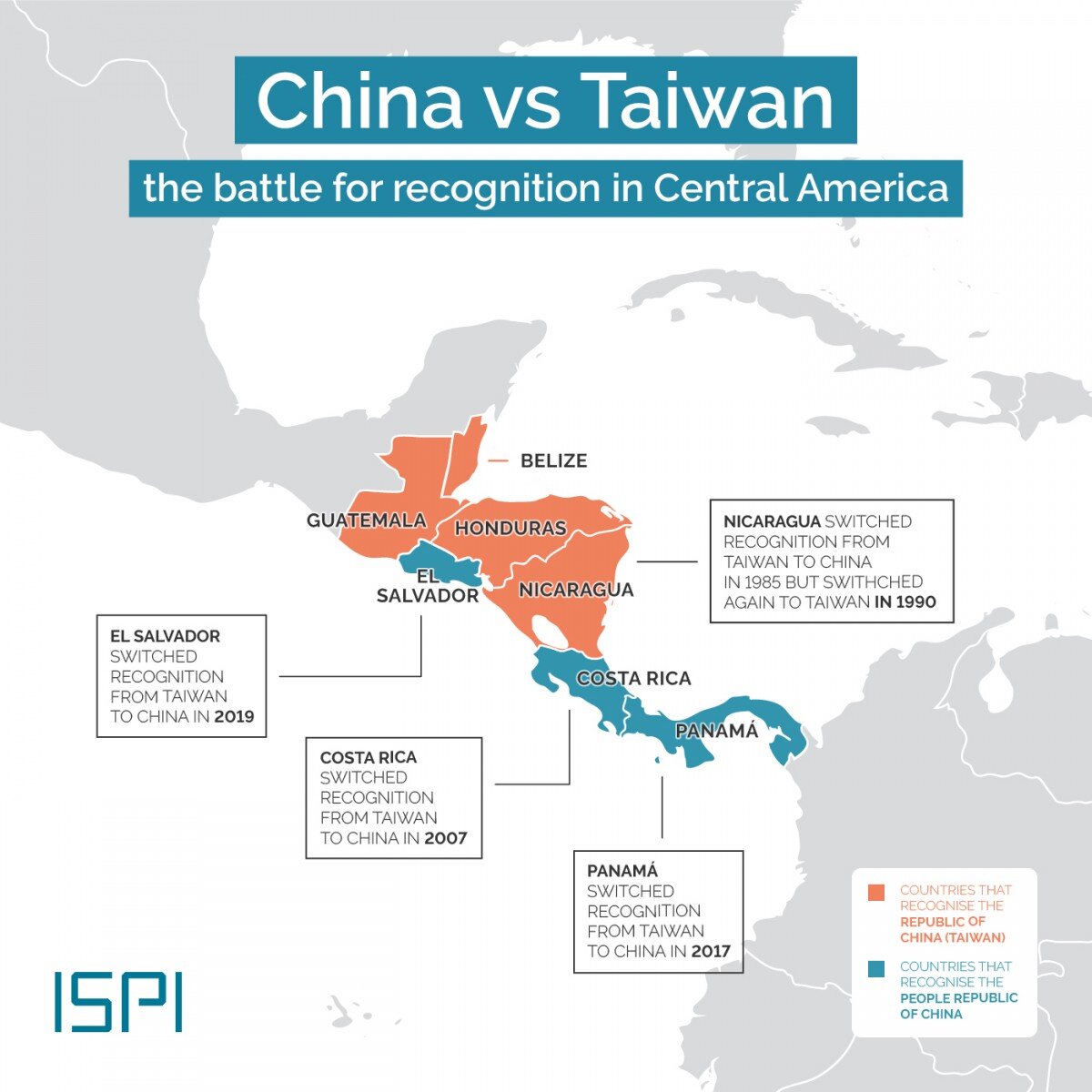China View: Growing Presence in Latin America
jamielawton / BojanMirkovic
For geopolitical reasons, Central and South America have always been very close to the United States, which has guided many countries through the path towards socio-economic development. Since the beginning of the 21st century, however, the balance of power in the region has started to shift due to a new actor entering Latin American borders: the People’s Republic of China.
Other than topping Japan as the world’s second-largest economy, China also became the second top investor and trading partner in multiple Latin American countries. The transition from an isolated to sociable power occurred quickly and indeed completely changed the whole world’s politico-economic dynamics. Just like in other developing contexts, China offered Latin America something the US and Europe could not. China, indeed, does not impose its own value system or ideological requirements on countries it is interested in doing business with. It does not matter whether they are socialist, totalitarian, or parliamentary systems, as long as the cooperation runs smoothly, any nation is welcomed to create economic bonds with China. Needless to say, China does not expect any kind of criticism or imposition in return.
Why is this such an important quality? Many institutions led by the US or Europe often demand joining countries specific legal or political prerequisites to access membership. For instance, the European Union does not grant membership to nations that do not fit with their democratic desideratum, which explains the longlasting disputes with countries such as Turkey. On the other hand, China does not function through this selective system, but rather categorize each country’s specifics as domestic issues that China should not intervene in or get involved with.
However, this does not exclude that China may have many similarities with some Latin American countries. For instance, China is interested in observing what 20th-century communism has developed into in countries such as Cuba, Brazil, Guyana, Peru, Uruguay, and Venezuela. Socialist parties are still very present in the politics of these nations despite their transitions to different systems of governance they may belong to today. Experts have attributed this presence to Catholic values, stretching on finding virtue in poverty and having a strong sense of community and self-sacrifice, which may interestingly intersect with the communist rhetoric.
Latin America-Imported Oil Barrels per Year. (CREDIT: AtlanticCouncil.org)
But, what China may be interested in even more is the natural resources Central and South America can offer. Among these, the oil and gas deposits in the Gulf of Mexico that would satisfy China’s hunger for energy sources. While, as seen in previous articles of Modern Treatise’s China View weekly column, China relies on Russia for a big share of the energy imports, the PRC also understands that it should not uniquely do business with Russia, therefore it is important to diversify the supplies by turning to diverse continents and countries. As shown by the graph to the side, since 2005, Beijing has been importing an increasing quantity of Crude Oil Barrels - mainly from Brazil, Colombia, and Venezuela - escalating to over one million per year in 2016. This data, gathered from the official website of the Atlantic Council, is a visual representation of China’s growing demands and influence in the region. In fact, Latin America, in need of advanced infrastructure, hi-tech, and general funds to foster its economic growth, could not but aspire for win-win agreements with China.
Around 2007, only a few years after the PRC established itself as a major actor in the WTO, Costa Rica became the first Central American country to initiate cooperation with Beijing. At the time, free trade agreements (FTAs) were signed as a symbol of commitment between China and individual nations including Costa Rica, Chile, and Peru. These were of easy reach considering their proximity to the Pacific. China became a crucial partner accounting for 40% and 19% of Chile and Peru’s exports respectively. Subsequently, multiple other countries followed in initiating cooperation.
“One China” Recognition by Central American countries. (CREDIT: ISPI)
This, however, came with a strong suggestion from China that they should recognize its sovereignty in the “One China Policy” and repudiate Taiwan as a nation-state. To the side, a map by ISPI shows the timeline of Central American countries reaching this decision to take diplomatic relations with the PRC to the next level. Among these, Panama was chosen as one of the first recipients of the 2013 Chinese-led Belt and Road Initiative, mainly due to the interest in the Panama Canal for trade-control purposes. According to ISPI, this destination has received over US$ 2.5 billion in Chinese infrastructure investment.
Between 2005-2017, China may have invested US$141 billion in policy bank loans all over Latin America, of which the majority has gone into energy-related initiatives, 18% into infrastructure funding, about 11% into government bonds and other business ventures, and about US$2.1 billion into mining projects. The Belt And Road News think tank says that “China has extended the Belt & Road Initiative (BRI) to South America and invested in mega-infrastructure projects, including ports and railways. Chinese technology company Huawei is also selling 5G networks to Brazil, despite US efforts to block it by tempting President Jair Bolsonaro’s administration with a military cooperation program.” This gave the ultimate prestige to many Chinese-owned enterprises or cooperatives abroad, however also inevitably put a great burden on Latin American governments.
As mentioned in previous articles, experts have warned countries the BRI may be part of debt-trap diplomacy that, in the long term, will erase the win-win premises made by bilateral agreements with Latin American countries, only to give the PRC a dominant share of the economic and political power everywhere.
The other side of the narrative, however, believes Chinese investment is creating a great opportunity for South America to loosen its dependency on the US. Multiple media indeed believe the US is “losing” Latin America to China, due to the lack of attention the recent administrations have had on the region. Despite the skeptical viewpoints, it is true some Latin American countries have diplomatic benefits other countries around the world do not have in China. Ecuador, for instance, is the only country in South America that benefits from visa exemption to China.
Ultimate worries concern the potential diplomatic strategy that the US will enforce a choice on its Latin partners to choose between Washington and Beijing.



